#giorgetto giugiaro
Text

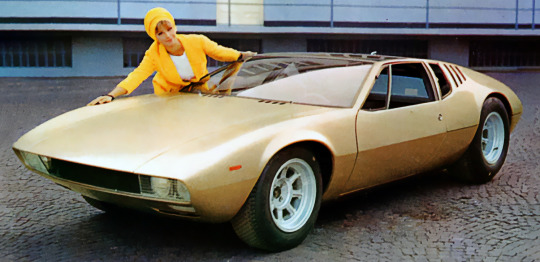



De Tomaso Mangusta Prototipo, 1966, by Ghia. The P70 may have been disastrous in terms of racing success but it did establish the principle of using a powerful American V8 in Italian bodywork. Thus Ghia, who had also worked on the P70, built the car Alejandro de Tomaso had wanted all along. Designed by Giorgetto Giugiaro it was first displayed on the Ghia stand (for whom Giugiaro was working at the time) at the Turin Motor Show. At last De Tomaso had a car he could sell and though it was criticised for tricky handling 401 were built before it was replaced by the Pantera in 1971
#De Tomaso#De Tomaso Mangusta#prototype#De Tomaso Mangusta Prototipo#Ghia#design study#mid-engine#Ford V8#Giorgetto Giugiaro#1966#Turin Motor Show#1960s#Mangusta
927 notes
·
View notes
Photo
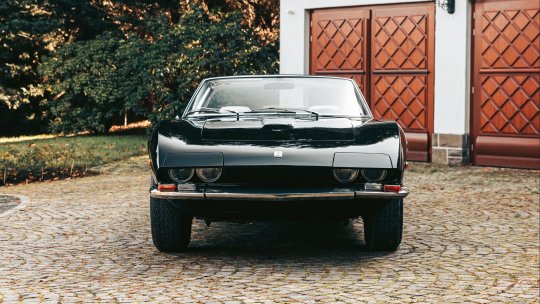






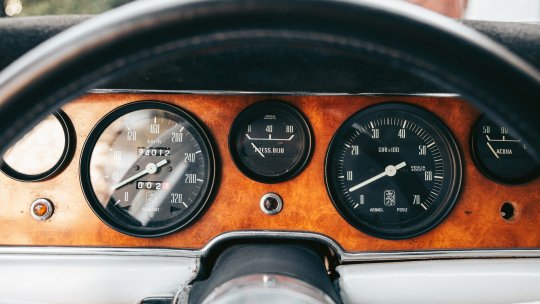


Iso Grifo Targa Series II (1 of 4).
Renzo Rivolta was an omnipresent industrialist and serial innovator. Tracing his manufacturing roots to before World War II, he built everything from refrigerators to scooters before the sale of his Isetta bubble car venture to German giant BMW. The proceeds of the deal launched Iso Rivolta as a car manufacturer proper, with its eponymous Bertone-styled four-seat coupé arriving in 1962, followed three years later by the sportier Grifo.Styled by Bertone’s Giorgetto Giugiaro and engineered by Giotto Bizzarrini, the new model was a gran turismo in every sense and a true competitor to the Ferrari Daytona and Maserati Ghibli. But like the Rivolta—and very unlike its rivals from Emilia Romagna—the Grifo was powered by an American V-8. Simple, rugged and powerful, Chevrolet’s 5.4-litre small block was rated at 300 horsepower, offering performance to match Bertone’s eye-catching coachwork.By 1968, the 186-mph 7-Litri arrived, propelled by Chevrolet’s famed “L71” Tri-Power V-8. Things only got better two years later with the debut of the Series II, which brought with it more refined styling with stunning and contemporary hide-away headlamps—not to mention the option of the Bowtie’s 7.4-litre big-block V-8, which was fine-tuned with forged connecting rods and dry-sump lubrication.Due to eye-watering cost, just four Series II cars left the factory with open-topped Targa coachwork; chassis 350 is one of these special examples. The car was built on 4 July 1971, specified with a reinforced chassis frame and 300-horsepower 5.7-litre Chevrolet V-8 mated to a five-speed ZF manual gearbox and 3.31:1 rear axle. The car was also fitted with factory air conditioning.
#Iso Grifo Targa Series II#Renzo Rivolta#Isetta#BMW#Giorgetto Giugiaro#Giotto Bizzarrini#Ferrari Daytona#Maserati Ghibli#Chevrolet
263 notes
·
View notes
Text


Gordon-Keeble GT Coupé - Chevrolet V8 5,4 litres - Design Giorgetto Giugiaro pour Bertone - 100 unités construites de 1964 à 1967. - source Mounir Naji via Old British Cars.
73 notes
·
View notes
Text

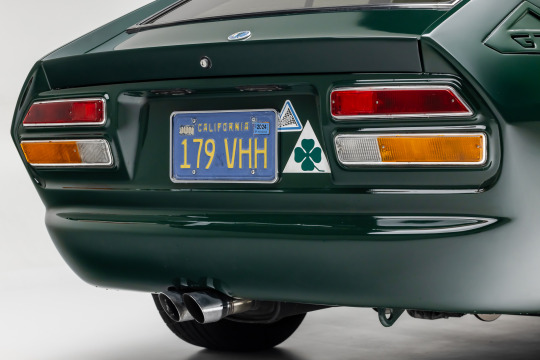
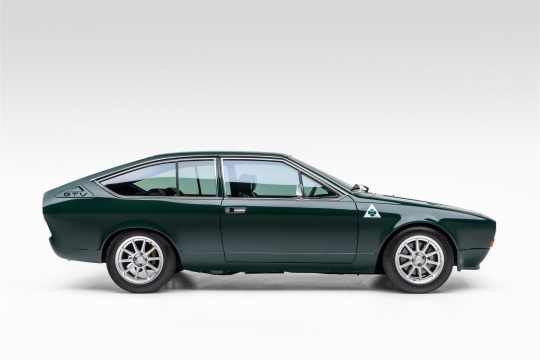


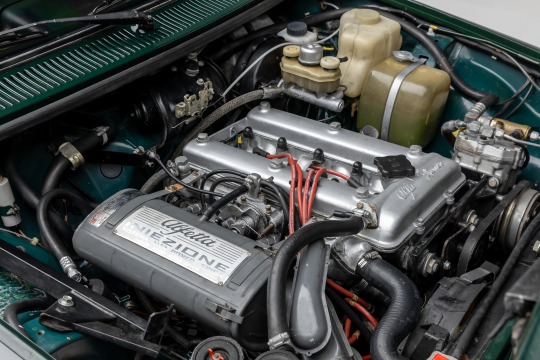


1977 Alfa Romeo Alfetta GTV 5-Speed
#alfa romeo#Alffeta#GTV#alfa romeo gtv#Alfaholics#car photography#car porn#Giorgetto Giugiaro#italdesign
18 notes
·
View notes
Photo


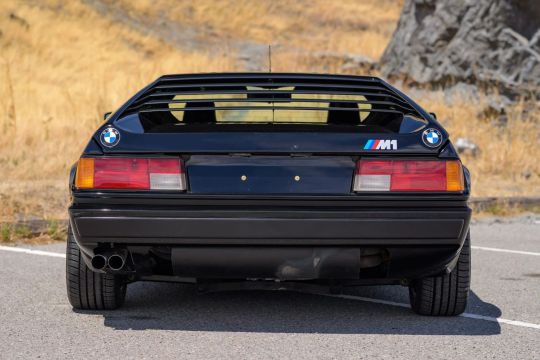
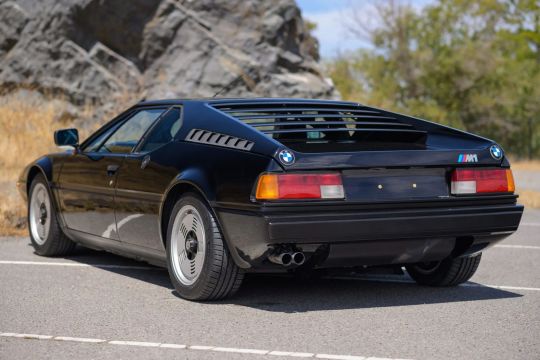
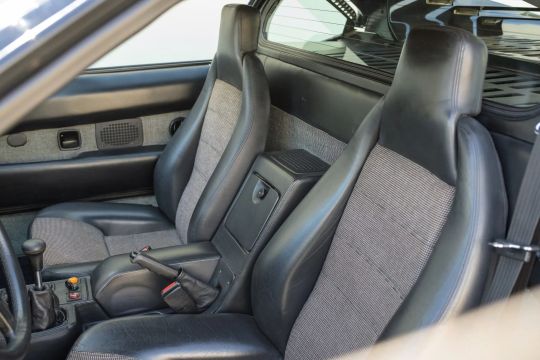
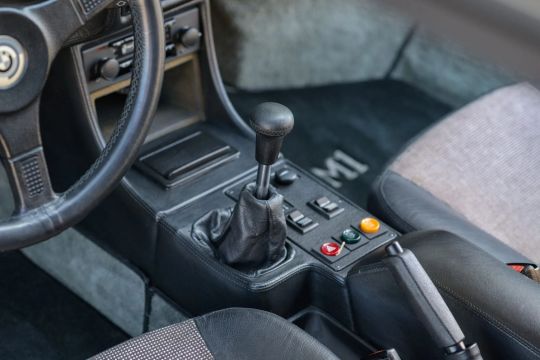

1980 BMW M1
The M1 was born out of a partnership struck by BMW and Lamborghini to build a race car during the 1970s. The resulting road car featured a glorious wedge design by the legendary Giorgetto Giugiaro and a mid-mounted 3.5-liter DOHC straight-six that could pump out 274 hp.
Unfortunately, production difficulties and some bad luck—Lamborghini had to drop out because of financial difficulties—meant the M1 cost a relative fortune for the era ($115,000, which was twice as mutch as the Ferrari 308) and sold poorly because of that.
In 1981, three years after it launched, the German marque pulled the plug on the vehicle, with only around 400 street-legal examples having rolled off the line.
Courtesy: Bring a Trailer
#art#design#sportcars#sportcar#supercars#supercar#BMW#BMW M1#lamborghini#giorgetto giugiaro#luxurycars#luxurycar#iconiccar#collector's#bringatrailer#1980
386 notes
·
View notes
Text




Hollywood conjures images of the past
New world needs spiritually. That will last
I've seen the future and it will be (Prince, The Future, 1989)
DeLorean DMC-12 (1980-81)
#delorean#doc and marty#delorean dmc 12#prince#DeLorean Motor Company#streetfightingcars#hamburg#photographers on tumblr#alfaromeole#autolandish#giorgetto giugiaro#italdesign#northern ireland#belfast#dmc delorean#future#back to the future
83 notes
·
View notes
Photo
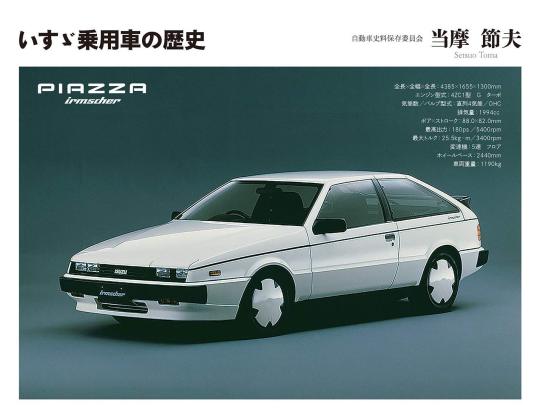
80 notes
·
View notes
Text
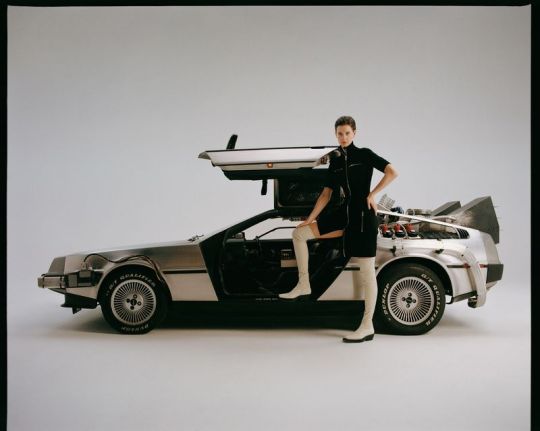
TM Textilmitteilungen | Jan 2023
shot by Per Appelgren
#textilmitteilungen#tm magazine#january 2023#fw23#fw2023#per appelgren#dmc#delorean#dmc 12#gull wing#car#vintage#sports car#giorgetto giugiaro#fashion photography#style#fashion#editorial#fashion edit
26 notes
·
View notes
Text

Thinking thoughts... having ideas...
#fiat#fiat idea#idea#car sketch#sketch#car design#design#automotive design#ballpointpen#giorgetto giugiaro
5 notes
·
View notes
Text
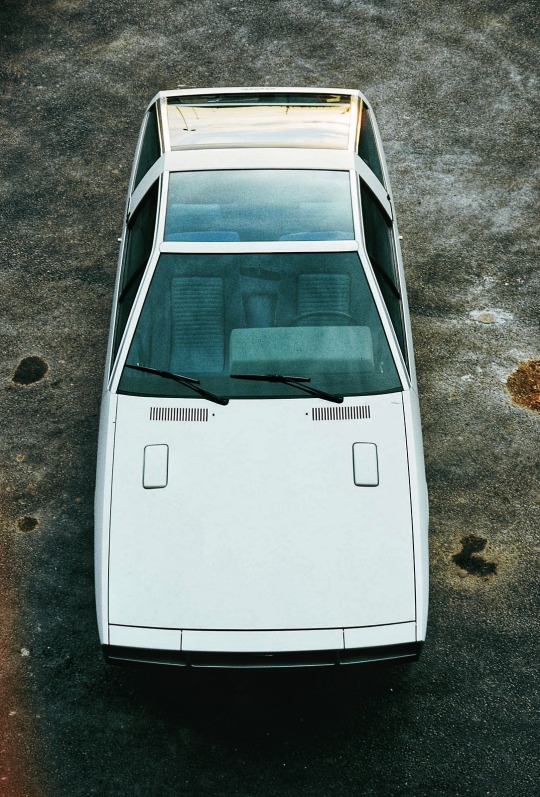

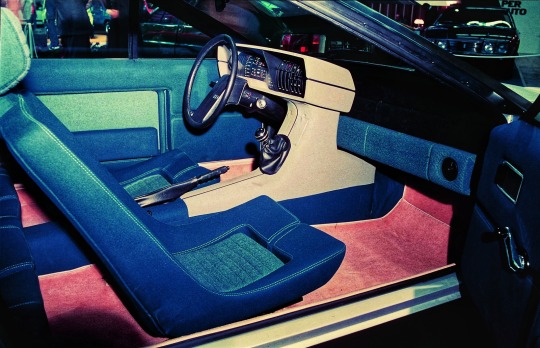
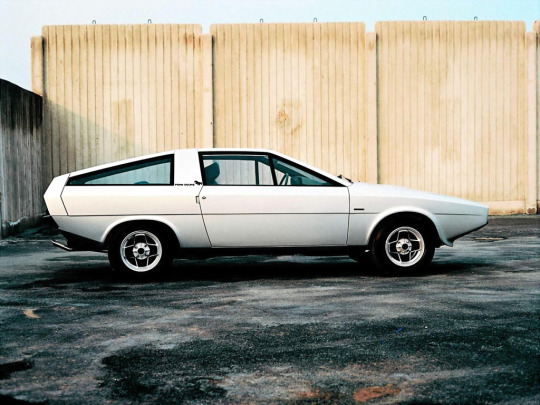
Hyundai Pony Cupè by Giorgetto Giugiaro
#Hyundai Pony Cupè#hyundai#giorgetto giugiaro#ooh wow#art#design#vintage#iconic#supercars#italian style
4 notes
·
View notes
Text
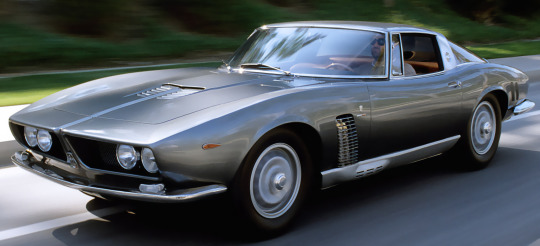
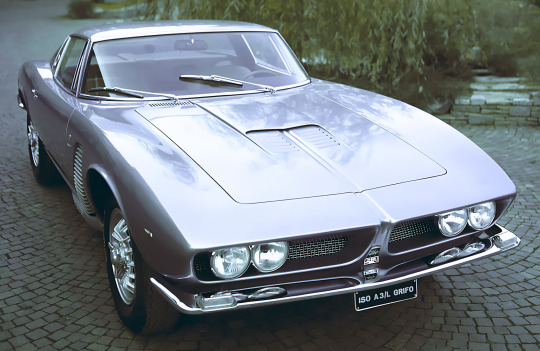

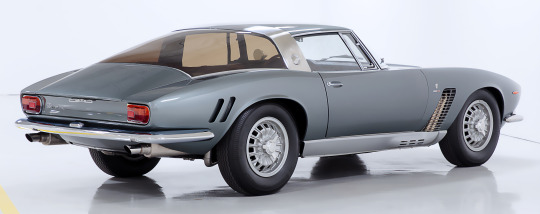
327 goes into… just about everything: Part 5 Iso A3/L Grifo Prototipo, 1963. Iso had started out by making electrical appliances during the 1930s, then after WW2 moved onto motor cycles and, in the 1950s, micro cars with the Isetta But from the late 1950s the company sort a future as a maker of grand tourers. A powertrain contract was made with General Motors and when the Grifo was presented at the 1963 Turin Motor Show it was powered by the 300hp version of Chevrolet's 327ci V8. The design of the car was by Giorgetto Giugiaro at Bertone
#Iso#Iso A3/L Grifo#prototype#Bertone#Giorgetto Giugiaro#Chevrolet 327ci V8#327 goes into#dead brands#327ci V8#General Motors#Turin Motor Show#small block V8
373 notes
·
View notes
Photo
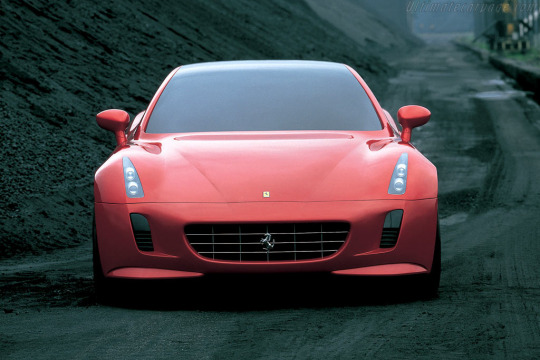
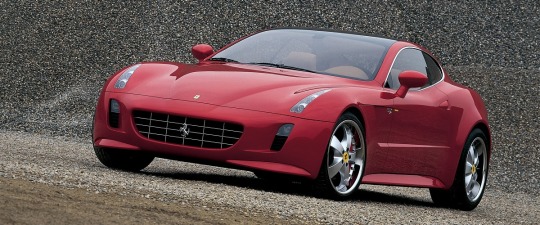

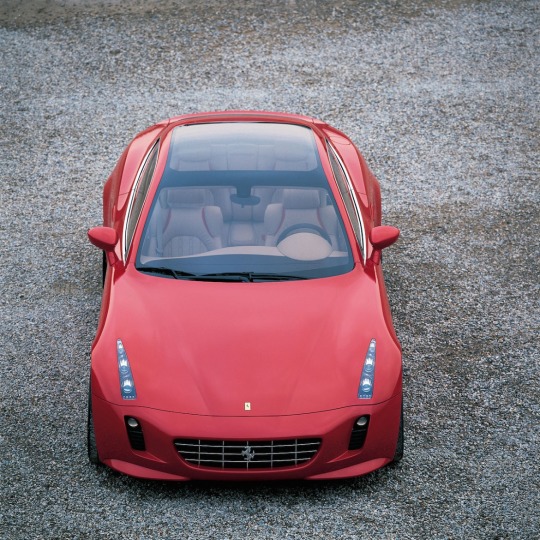


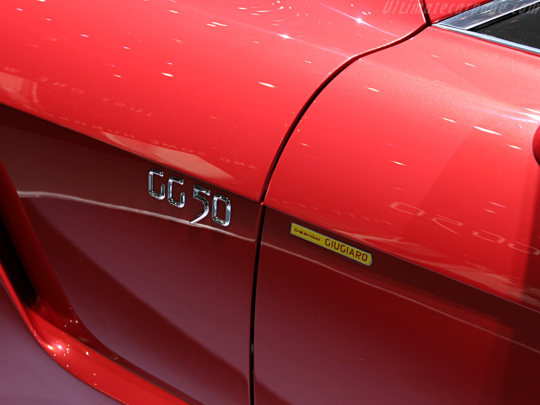
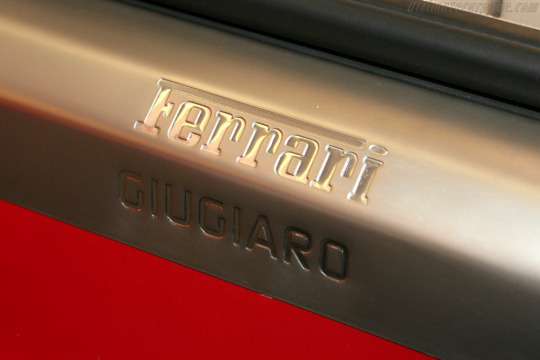
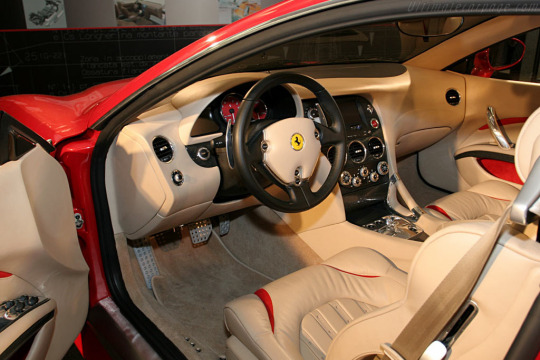
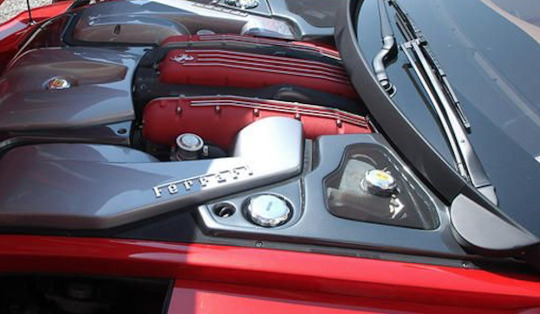
Ferrari GG50 by Giorgetto Giugiaro
Concept cars are usually made before those who go straight into production. That is the reason why they are called so. Concepts do not limit the imagination of designers, but when the car comes into production, engineers take a more important role. As a result, a lovely concept of a car can sometimes become an ugly duck.However, that is the case about Hyundai, Nissan, Opel and other manufacturers that are producing millions of cars per year. It does not include the exclusive ones – Ferrari, Lamborghini, McLaren, etc.This is a story about a car which life has been turned upside down. The production model came at first and the concept was shown off just a year after. This is a story about Ferrari GG50 – the concept car that Giorgetto Giugiaro made himself in 2005 while celebrating the 50th anniversary of creating stunning car designs.
The GG50 is based on Ferrari 612 Scaglietti series production car – a four-seater with a front engine and rear wheel drive - a true Italian prancing horse. It has a twelve-cylinder, 5,7-liter engine under the hood, which generates 540 bhp and 588 Nm. At the time, turbochargers became extremely popular, but Ferrari tried to remain as traditional as possible. However, most engines manufactured in Modena were still highly revolutionary.
Like the original 612 Scaglietti, the following concept has the same 6-speed sequential rear-mounted gearbox, Brembo brakes, and other equipment. The main difference hides is design – the place where Giorgetto feels best.
Giugiaro took the idea a year before official presentation of GG50 and received all the support from Ferrari President at that time, Luca di Montezemolo. He gave the designer just one condition: no restrictions on creativity, but the concept must keep up with Ferrari tradition.
Giugiaro started working on the concept half a year after. He did everything just like 50 years ago: sketched every detail entirely by hand, with a pencil. Finally, he created a 1:10 scale concept from four views: side, nose, tail and bird’s view. Later, the concepts were rendered in a 3D project. In April, a full-scale plaster model has been made. In June, a running prototype has been completed already! The concept has made its way from a scratch to running car in less than just five months. That’s the spirit when you’re in a hurry for your own birthday present.
Almost all technical details mentioned above remained the same except for some minor exceptions. The prototype’s wheelbase is the same, but overall length is shorter by 9 centimetres than the original 612 Scaglietti (4.81 meters vs. 4.9). The concept car is also lower – Giugiaro cut 2 centimetres of front overhang and nipped the rear by 7.
There are more differences that we cannot see from outside. For example, a modified position of the 95-litre fuel tank that created a larger boot (270 vs. 240 litres). Also, a flat platform when rear seats are lowered (and a total capacity of 500 litres). The concept is more practical, no matter how funny the word “practical” sounds when we are talking about Ferrari.
Nevertheless, there are many stories about the concept’s appeal and originality. Ferrari GG50 is a true masterpiece because of the story of its creation. A very few production cars in history can boast that they have been a base for a concept car, but 612 Scaglietti is one of them.
#Ferrari GG50#Giorgetto Giugiaro#Hyundai#Nissan#Opel#Ferrari#Lamborghini#McLaren#Luca di Montezemolo#612 Scaglietti#concept car
152 notes
·
View notes
Photo




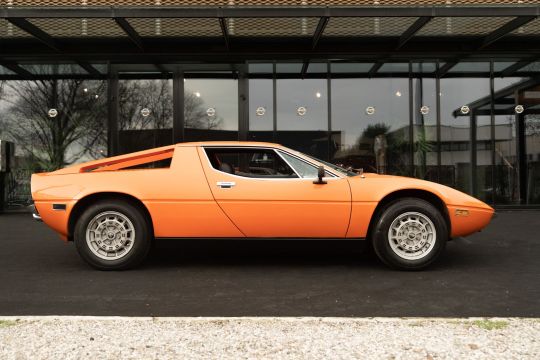
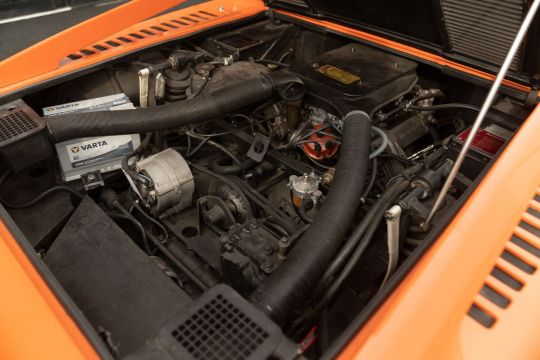
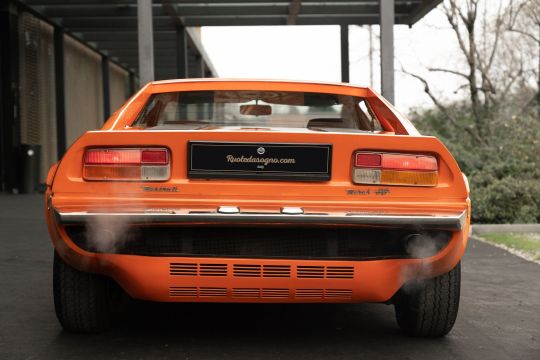
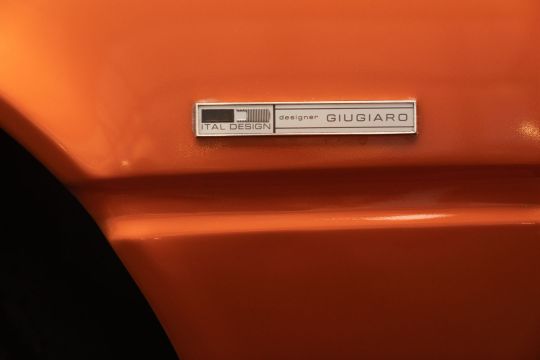
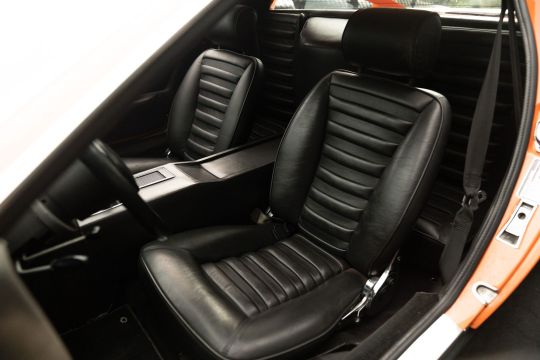
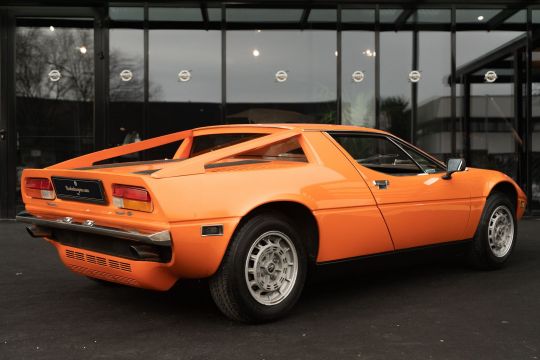
Maserati Peacock SS 1978. - source Ruote da sogno.
149 notes
·
View notes
Text


LANCIA DELTA HF integrale 16V
Photos Taken in 2023
2 notes
·
View notes
Text
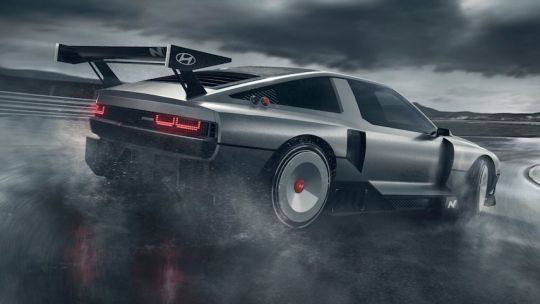
Hyundai N Vision 74 Concept
7 notes
·
View notes
